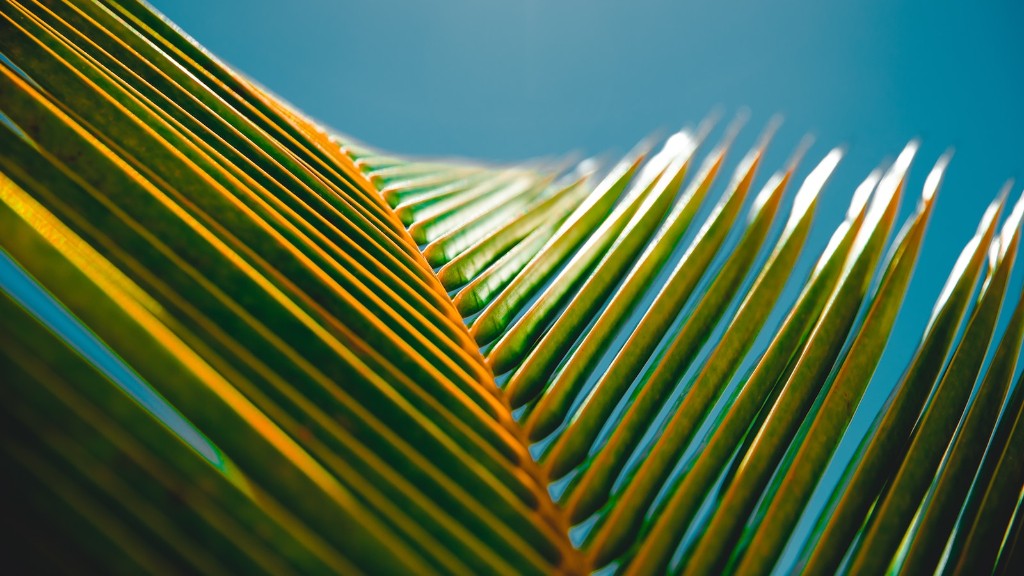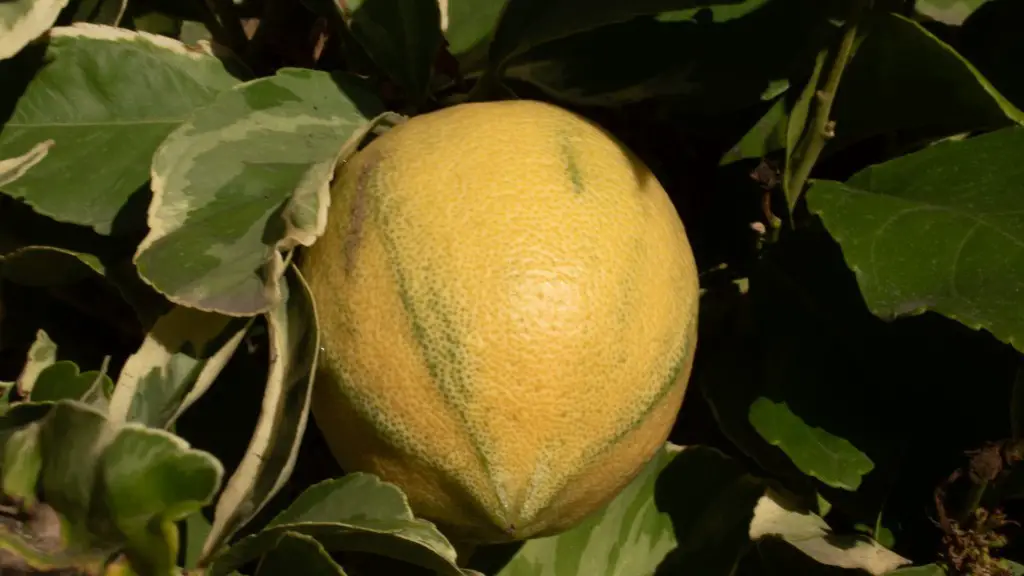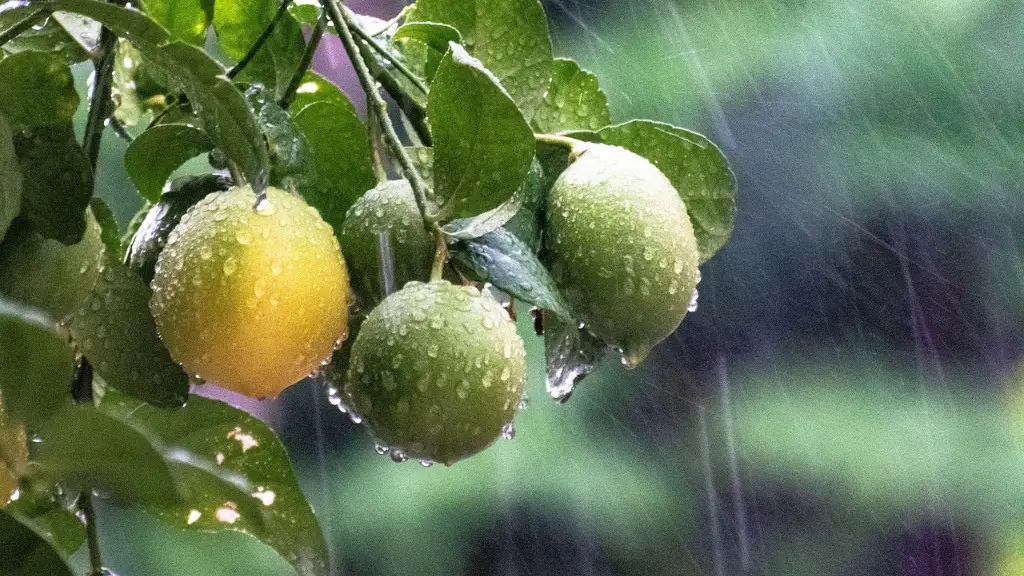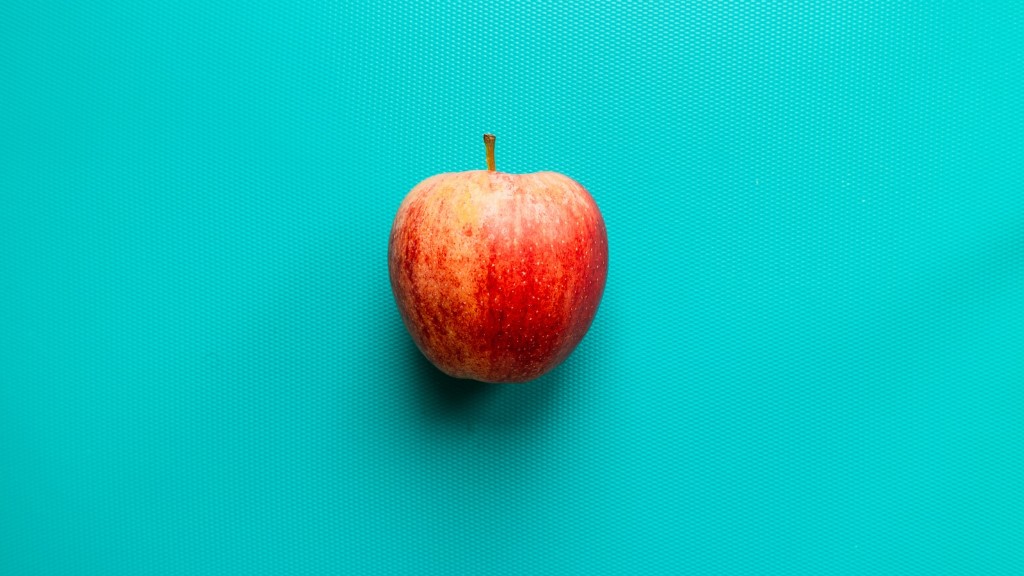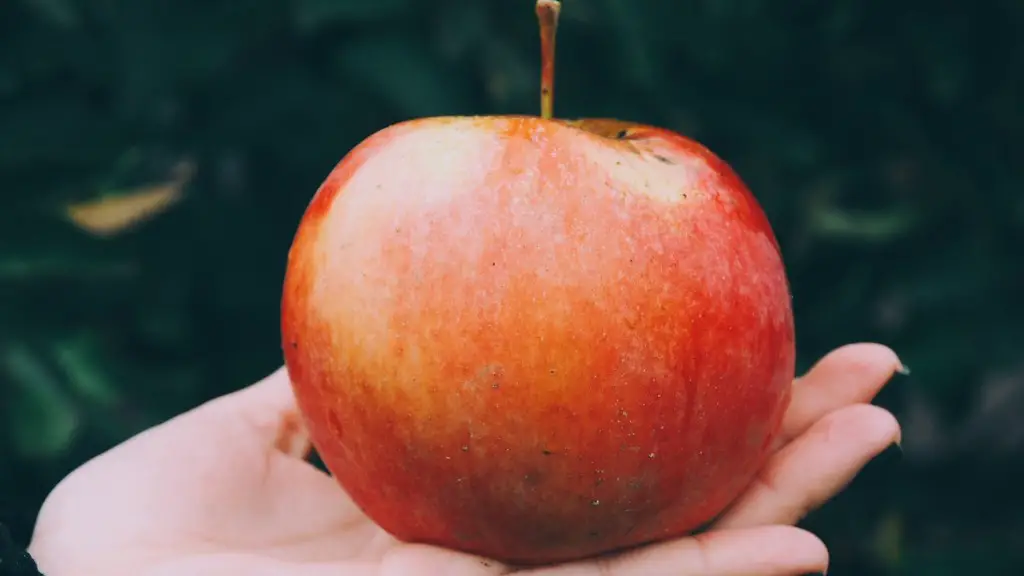The leaves on your palm tree are turning brown because they are not getting enough water. The roots of the tree are not absorbing enough water from the soil, so the leaves are turning brown and falling off.
There are several reasons why palm tree leaves may turn brown. One possibility is that the tree is not getting enough water. If the leaves are wilting or if the tree is drooping, it may need to be watered more frequently. Alternatively, the leaves may be turning brown because they are getting too much sun. If the tree is in a particularly sunny spot, the leaves may need to be protected with shade cloth or another form of sun protection. Finally, palm trees are susceptible to a variety of pests and diseases, any of which could cause the leaves to turn brown. If the tree is otherwise healthy, but the leaves are turning brown, it is best to consult with a certified arborist or tree specialist to diagnose the problem.
Should I cut off brown palm leaves?
If you notice that leaves on your plant are entirely brown or yellow, it’s time to cut them off. Be careful not to damage the healthy parts of the plant when you do this. If only part of the leaf is brown or yellow, you can just remove the affected area.
There are a few potential reasons why your tree isn’t doing well. It could be that the tree isn’t getting enough water, the soil is short on key nutrients, or there could be an insect infestation. If the tree is infected with a fungus, like Ganoderma root rot, that could also be a problem.
How often should I water a palm plant
When planting a palm in your garden, it is important to water it regularly. For the first week, water the tree every day. The second week, water every other day. After that, plan to water two or three times a week. This will help the palm tree to thrive in its new environment.
If you notice your indoor palm tree leaves turning brown, there are a few potential causes and solutions. First, you may be fertilizing too often – cut back on the frequency of fertilization and see if that helps. Additionally, make sure the temperature in the room is warm enough – palms prefer temperatures around 80 degrees. Next, keep the palm moist but not soaking – water when the top inch of soil is dry. Be sure to use rainwater or filtered water, as chlorinated water can cause leaf browning. Finally, avoid exposure to direct sun, as too much sun can also cause browning. If you follow these tips, your palm should start to look green and healthy again in no time!
Can brown palm tree leaves turn green again?
If your palm fronds are completely brown, it is likely that they are dead and will not turn green again. This is a natural process for palms as they will shed dead fronds as new ones grow.
If you see any of these signs in your palm tree, it is likely that it is being overwatered. Make sure to check the soil moisture and only water as needed.
What does a sick palm tree look like?
If you see the top center stalks of your palm tree turning brown and/or shriveling, this is a sign that your tree is not healthy. Take a closer look at the tree and assess its overall condition. If the tree is sick, you may need to take action to save it.
Follow the steps below to properly care for your dying palm tree:
1. Add the right amount of water.
2. Use high-quality fertilizer.
3. Keep fertilizer 2 ft away from roots.
4. Use high-quality soil only.
5. Cut fronds after they are completely dead.
6. Don’t prune during hurricane season.
7. Plant palms trees at the right level.
How can you tell if a palm tree is getting enough water
If you’re a palm tree lover, it’s important to make sure you’re not overwatering your tree. One way to check is to get a soil wetness meter, which will help you gauge how damp the soil is. You can also stick your finger into the soil to check the moisture levels. If the first 2 inches are dry, it’s typically time to water your tree.
While your palm is growing in spring and summer, water often and less in autumn and winter. When the weather is dry and hot, mist spray the foliage several times a day. This will keep it cool and also help deter pests.
How do I know if my palm tree needs water?
Whether you’re watering palms in garden beds or containers, it’s important to check the soil moisture before you water. Use the finger-test to check the soil to a depth of at least a couple inches each time. If the soil is dry, provide water. If moist, no watering is needed.
Some people love feeling the sun on their skin, while others prefer to stay in the shade. Just like people, different types of palms need different amounts of sun to stay healthy. Too much sun can damage palm fronds, making them look sunburned. Some palms can recover from this damage, but others cannot. In general, palms do well in a variety of soils as long as the soil drains well.
How do I bring my palm tree back to health
If you want to bring your palm tree back to life, follow these six steps: 1) Increase or decrease sunlight exposure; 2) Replace nutrients; 3) Add proper amount of water; 4) Use a higher-quality fertilizer; 5) Only cut off fronds after they are dead; and 6) No pruning during hurricane season.
If your palm tree is suffering from a magnesium deficiency, Epsom salt can be a good supplement in addition to regular fertilizer applications. If that’s the case, use Epsom salt. Sprinkle 2 to 3 pounds of Epsom salt under the tree’s canopy, then water.
How do you tell if Underwatering vs overwatering?
If the leaf feels crispy and light, it is underwatered. If the leaf feels soft and limp, it is overwatered. Yellowing leaves are usually accompanied by new growth falling. This is an indication of overwatering.
If you notice your palm tree’s leaves are wilting, discolored, or stunted, these are major signs that your palm tree is dying or already dead. In some cases, the damage can be stopped and reversed to save the palm, so don’t panic. Keep an eye on your tree and consult with a professional if needed to determine the best course of action.
Warp Up
There are a few reasons why palm tree leaves may turn brown. One reason may be due to a lack of water. If the tree is not getting enough water, the leaves will turn brown and eventually die. Another reason may be due to too much sun. If the tree is getting too much sun, the leaves will turn brown and eventually die.
There are several reasons why palm tree leaves may turn brown. One reason may be due to a lack of water or nutrients. Another reason may be due to disease or pests. If the leaves are turning brown from the tips and progressing inward, it is most likely due to a cultural problem.
